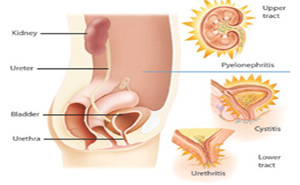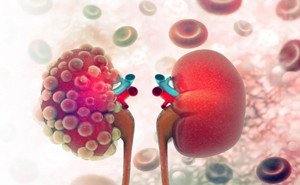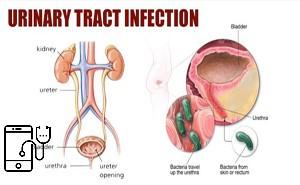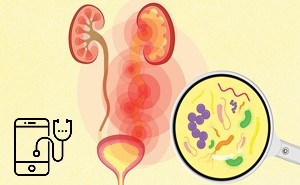Genitourinary-disorders
The Journal of Sexual Medicine: January 2020Premature ejaculation (PE) is a
common sexual dysfunction; the available options for PE treatment remain
unsatisfactory. Premature ejaculation (PE) is the
most common form of male sexual dysfunction. Globally, between 20% and 40% of
men, at some point in their lives, have reported complaint of PE.The...
The Journal of Urology:Clomipramine is a tricyclic
antidepressant (TCA) that has been found effective at a daily dose of 25 mg or
50 mg for premature ejaculation (PE) in multiple studies. Additionally, TCAs can carry
significant side effects such as dizziness, dry mouth, and constipation. As a result, on-demand treatment is
greatly preferred, e...
Pain is
defined by the International Association for the Study of Pain (IASP) as ‘an
unpleasant sensory and emotional experience associated with, or resembling that
associated with, actual or potential tissue damage’.Most pain
is short-lived, resolving when the painful stimulus is removed or when tissue
healing has occurred: this is called acu...
JAMA: The Journal of the American Medical Association: Published
on November, 2022American Urological Association
(AUA) and American Society for Reproductive Medicine (ASRM) provide an overview
of current guidelines on the evaluation and treatment of male infertility and
is an important tool for providers caring for these patients.With up to 20...
Nature Reviews: Urology: Published on August, 2022Premature ejaculation (PE) is a prevalent and common male sexual dysfunction. The first treatment
modalities for PE were with psychotherapy focussing on the sexual relationship
and anxiety related to sexual satisfaction with a partner. The use of sexual psychology can play a role in the...
Take Home Messages:
Derangement in calcium homeostasis
is common in nephrotic syndrome (NS). It is asuumed that low serum total
calcium and vitamin D levels are due to loss of protein-bound calcium and
vitamin D. But it is unclear if free calcium and free vitamin D levels are
truly low.
The guideline is lacking with
regards to calci...
Asymptomatic bacteriuria (ASB) is
seen in some healthy female populations and many women or men
with genitourinary tract abnormalities.
Although in many clinical
situations ASB is harmless, many patients with ASB are treated unnecessary.
Especially, long-term antimicrobial therapy of ASB may select for superinfection
with more antimicr...
Urinary
tract infections (UTIs) represent a common pathology among female patients,
leading to overprescribing antibiotics, globally. The emergence of the COVID-19
pandemic has dramatically increased the incidence of this particular viral
pneumonia with secondary bacterial superinfection, resulting in continuous
therapeutic or prophylactic...
The
American Diabetes Association (ADA) “Standards of Medical Care in Diabetes”
includes the ADA’s current clinical practice recommendations and is intended to
provide the components of diabetes care, general treatment goals and
guidelines, and tools to evaluate quality of care.
Recommendations
Chronic Kidney Disease - Screening
At...
Signs and symptoms
Dysuria
Urinary urgency and frequency
A sensation of bladder fullness or lower abdominal
discomfort
Suprapubic tenderness
Flank pain and costovertebral angle tenderness (may
be present in cystitis but suggest upper UTI)
·
Cloudy
urine with an unpleasant
odour
Fevers, chills, vomiting and mal...
Urinary tract infections are
common during pregnancy, and the most common causative organism is Escherichia
coli. Escherichia coli accounts for 80 to 90 percent of
infections. Other gram-negative rods such as Proteus mirabilis and Klebsiella
pneumoniae are also common.It's possible to have UTI during
pregnancy without any symptoms. UTI affect...










